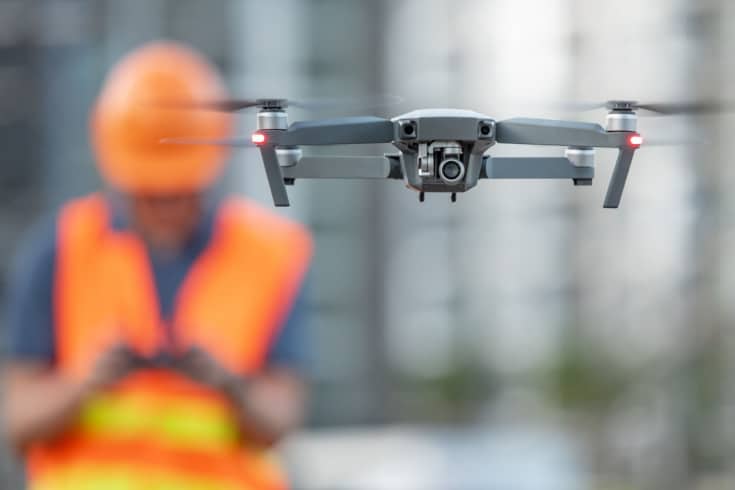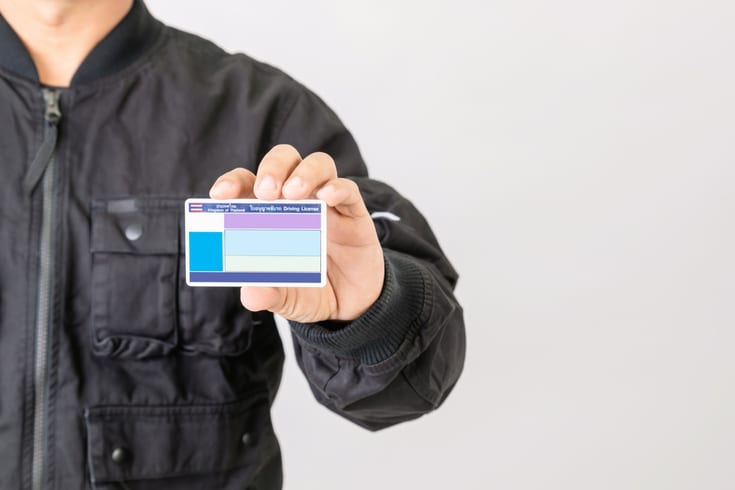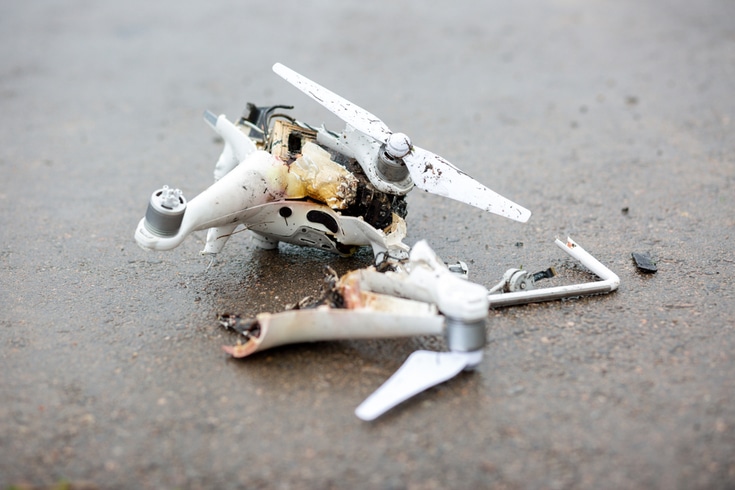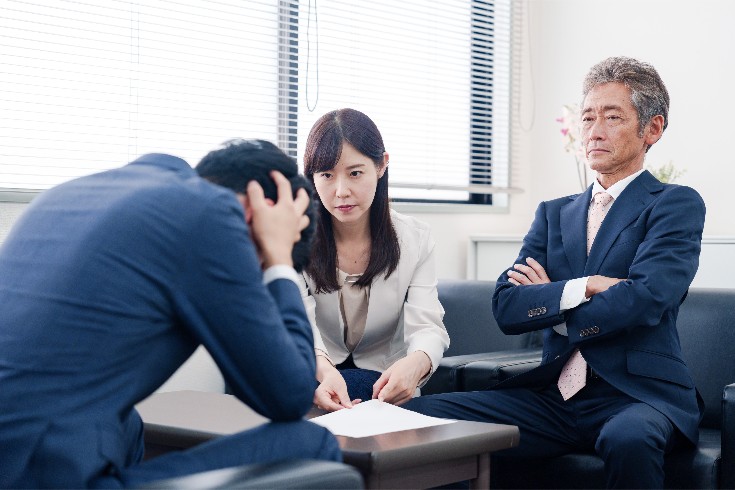Expanding the Scope of Use with Level 4 Drone Flights: Explaining Two Systems of Aircraft Certification and Skill Verification

With the amendment of the Japanese Aviation Law, new regulations have been added to the outdoor flight of drones. From June 20, 2022, an aircraft registration system has been implemented for drones and other aircraft weighing 100g or more, and as of December 5, 2022, Level 4 flight (autonomous flight out of visual range in populated areas) has been permitted.
This amendment to the Japanese Aviation Law is expected to expand the scope of drone usage in business. In this article, we will explain the new system related to drones.
What is Level 4 Drone Flight?
The flight levels of drones are classified into the following four stages according to the Aviation Law, based on population density and the level of drone operation.
| Flight Level | Definition | Examples | Permission Approval |
| 1 | Unpopulated area & Visual Line of Sight (Manual Flight): A common form of drone use where manual operation is performed within visible range | Pesticide spraying, aerial photography for video content, infrastructure inspection (bridges, power lines), etc. | Partially Required |
| 2 | Unpopulated area & Visual Line of Sight (Autonomous Flight): Flight utilizing automatic driving function within visible range | Aerial photogrammetry, solar panel facility inspection, etc. | Partially Required |
| 3 | Unpopulated area & Beyond Visual Line of Sight (Autonomous Flight): Flight form that flies to a range out of sight in areas where there are no residents or pedestrians | Delivery to remote islands and mountainous areas, disaster situation investigation, search for missing persons, inspection of large-scale infrastructure, surveying, etc. | Required |
| 4 | Populated area (Over third parties) & Beyond Visual Line of Sight (Autonomous Flight): Flight form that flies to a range out of sight in areas including urban areas | Urban logistics and security, rescue immediately after a disaster, evacuation guidance, support for firefighting activities, infrastructure inspection and surveying in urban areas, etc. | Required License Obligation |
Under the new system, the lifting of the ban on Level 4 flights has allowed drones to be flown to areas out of sight even in urban areas, dramatically expanding the range of business applications. However, certain procedures are required to conduct Level 4 flights.
Drone Registration System
Regulations for drones have already been implemented with the introduction of the “Drone Registration System” in June 2022.
The unmanned aircraft registration system was initiated mainly for the following three purposes:
- Identifying the owner in case of an accident
- Investigating the cause of accidents
- Prohibiting the flight of aircraft with safety issues
Registration is mandatory for outdoor flights of unmanned aircraft that can be flown by remote control or automatic control, and the weight of the aircraft body + battery is 100g or more (Japanese Aviation Law Article 2, Paragraph 22, and Japanese Aviation Law Enforcement Regulations Article 5, Paragraph 2).
In the registration system, you must register information such as the manufacturer and model of the aircraft, as well as the owner and user information. In addition, it is mandatory to display the registration number on the aircraft, and the installation of a Remote ID device on the drone has also been made mandatory.
A Remote ID is like a car license plate, and it allows the identification signal of the aircraft to be discerned by the radio waves emitted from the Remote ID device.
If your drone does not have a built-in Remote ID, you will need to purchase an external Remote ID device. However, if you submit a “Notification of Remote ID Specific Area” in advance, you can fly the drone even without a Remote ID device.
Please note that applications for unmanned aircraft registration can be made online or by submitting documents. For information on how to apply, please visit the Ministry of Land, Infrastructure, Transport and Tourism website.
Reference: Ministry of Land, Infrastructure, Transport and Tourism | Drone Information Infrastructure System
With this registration system, the flight of unregistered drones has been prohibited in principle. If you fly a drone without registration, you may be sentenced to imprisonment for up to one year or fined up to 500,000 yen.
Drone Airworthiness Certification System
The airworthiness certification system refers to the inspection of drones for compliance with safety standards. There are two types of drone airworthiness certifications: “Type Certification” targeting mass-produced drones designed and manufactured by manufacturers, and “Airworthiness Certification” conducted by users. Type Certification involves the inspection of mass-produced drone models, while Airworthiness Certification involves the necessary inspection of each drone.
Type Certification Conducted by Manufacturers
When designing and manufacturing drones, manufacturers must undergo an inspection by the Minister of Land, Infrastructure, Transport and Tourism.
Previously, “Unmanned Aircraft Listed on the Homepage” could omit some documents when applying for flight, but with this amendment, new listings on the homepage have been suspended. After the amendment, if the drone model is deemed to comply with the safety and uniformity standards such as strength, structure, and performance set by the Ministry of Land, Infrastructure, Transport and Tourism, an “Airworthiness Certificate” will be issued. (Japanese Aviation Law Article 132-16, Paragraph 3)
Type Certification is conducted for the type of unmanned aircraft intended for the flight according to the following categories. (Japanese Aviation Law Article 132-16, Paragraph 2)
| Category | Flight Content |
| First Type Certification | Specific flights conducted without access control measures |
| Second Type Certification | Specific flights conducted with access control measures |
“Access control measures” refer to restricting the access of third parties (persons other than those who fly the drone and those who assist them) under the drone’s flight path. This is a measure to manage the access of third parties as defined by the Ministry of Land, Infrastructure, Transport and Tourism, and refers to taking necessary measures to ensure the safety of unmanned aircraft flights, such as creating flight manuals. (Japanese Aviation Law Article 132-85, Paragraph 1)
“Specific flights” refer to the following flights conducted with a drone weighing 25kg or more, which require the permission/approval of the Minister of Land, Infrastructure, Transport and Tourism. (Japanese Aviation Law Article 132-86, Paragraph 2)
Flight area (requires flight permission application)
- Above 150m
- Vicinity of airports, etc.
- Over populated areas
Flight method (requires flight approval application)
- Night flight
- Beyond visual line of sight flight
- Flight at a distance of less than 30m from people or objects
- Flight over events
- Transportation of hazardous materials
- Dropping objects
To conduct these specific flights, you must meet one of the following requirements: “Flight with airworthiness certification and skill proof”, “Flight with the permission/approval of the Minister of Land, Infrastructure, Transport and Tourism”, or “Flight that can ensure safety”.
Please note that even if you have obtained permission for the above areas, flights are prohibited in emergency operation areas. Emergency operation areas are designated areas where the flight of unmanned aircraft is generally prohibited when the flight of aircraft for emergency operations such as police and firefighting activities is expected, and are posted on the Ministry of Land, Infrastructure, Transport and Tourism’s homepage and X (Twitter).
Airworthiness Certification Conducted by Users
The “Airworthiness Certification” conducted by users is divided into two categories: the first type certification that allows for Level 4 flights, and the second type certification for all other flights. The validity period is set at one year for the first type and three years for the second type, with the first type being inspected by the government and the second type by the registered inspection agency.
Drone Operator Skill Certification System

The Unmanned Aircraft Operator Skill Certification System (Pilot License System) is a certification issued by the Minister of Land, Infrastructure, Transport and Tourism to those who fly unmanned aircraft, acknowledging that they possess the skills necessary to operate such aircraft. (Japanese Aviation Law Article 132-40)
In the national qualification system for unmanned aircraft pilots, qualifications are divided into first and second class. A first-class qualification is required for Level 4 flights. The eligibility age for the examination is 16 years or older, and the examination consists of a written test, a practical test, and a physical examination.
For more details about the unmanned aircraft pilot examination, please refer to the website of the designated examination organization.
Reference: Designated Examination Organization ClassNK|Unmanned Aircraft Pilot Examination
What are the Four Regulations for Drone Operation?

To operate a drone, you must comply with the following four rules related to operation.
Flight Plan Notification
After completing the necessary procedures for flight permission and approval, you can only fly the drone after notifying the flight plan. Before flying a drone, you must check the flight plans of other unmanned aircraft and no-fly zones, and notify your flight plan.
This system requires those who operate drones to notify the Minister of Land, Infrastructure, Transport and Tourism in advance of their flight plan (date and time of flight, route, altitude, etc.).
You must ensure that your flight plan does not overlap with others. If it does, you must adjust the overlapping flight plans as necessary to ensure safety. If you operate a specific flight without notifying the flight plan, you may be fined up to 300,000 yen (Japanese Aviation Law Article 157-10).
Flight Log Entry
You must keep the following flight logs and record the necessary items.
- A “flight record” that records the content of the flight
- A “daily inspection record” that records the results of pre-flight inspections, etc.
- An “inspection and maintenance record” that records the results of regular inspections and the content of maintenance and modifications
Also, if you operate a specific flight or maintain/modify an unmanned aircraft, you must promptly record it in the flight log.
Reporting Accidents and Serious Incidents

If an incident that qualifies as an accident or a serious incident related to an unmanned aircraft occurs, you must report the date, location, and summary of the incident to the Minister of Land, Infrastructure, Transport and Tourism.
The following cases are assumed for accidents:
- Death or injury (serious injury or more) caused by an unmanned aircraft
- Destruction of property owned by a third party
- Collision or contact with an aircraft
The following cases are assumed for serious incidents:
- Cases where there was a risk of collision or contact with an aircraft
- Injury (minor injury) caused by an unmanned aircraft
- Situations where control of the unmanned aircraft was lost
- Situations where the unmanned aircraft caught fire (only those that occurred during flight)
Duty to Aid in the Event of an Accident
If there are any injured persons, you must immediately stop the flight of the unmanned aircraft and take necessary measures to prevent the spread of danger and damage according to the situation of the accident.
- Aid to the injured (including calling an ambulance)
- Contacting the fire department and firefighting activities
- Reporting the outline of the accident to the police
Summary: Level 4 Drone Flights, New Drone Regulations and Certifications
In this article, we have explained the key points of the new system related to Level 4 drone flights, which was implemented on December 5, 2022, due to a historic amendment to the Japanese Aviation Law. While the new system is expected to expand the scope of drone usage in business, it is necessary to fly safely considering the risks to people and property associated with flying in populated areas.
Business operators are required to comply with these drone regulations. If you have any questions about the new system, we recommend consulting with a lawyer who is knowledgeable about legal regulations.
Introduction to Our Firm’s Measures
Monolith Law Office is a legal office with high expertise in both IT, particularly the Internet, and law. Recently, with the amendment of the Aviation Law, drones have been attracting significant attention in the business field. Our firm possesses specialized knowledge regarding drone business.
Category: General Corporate
Tag: General CorporateIPO





















